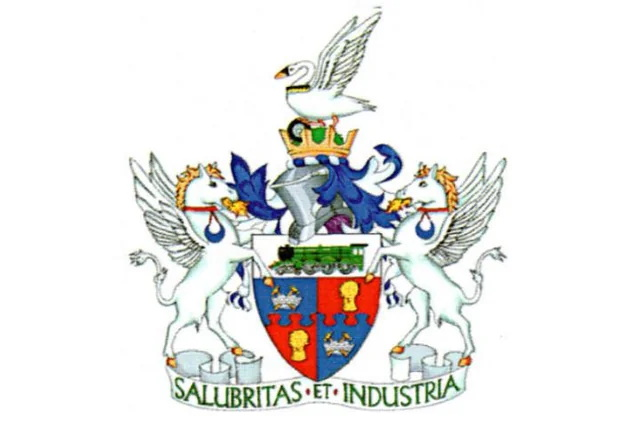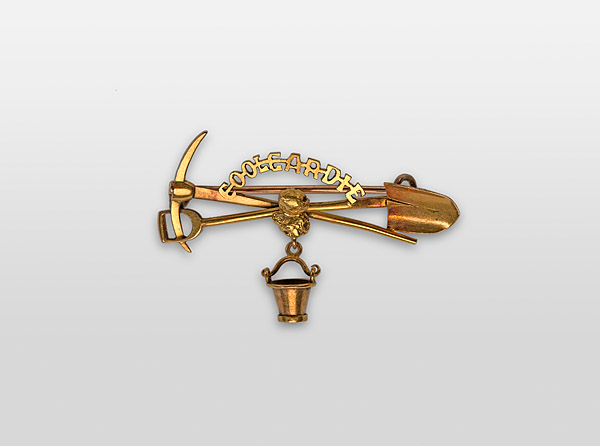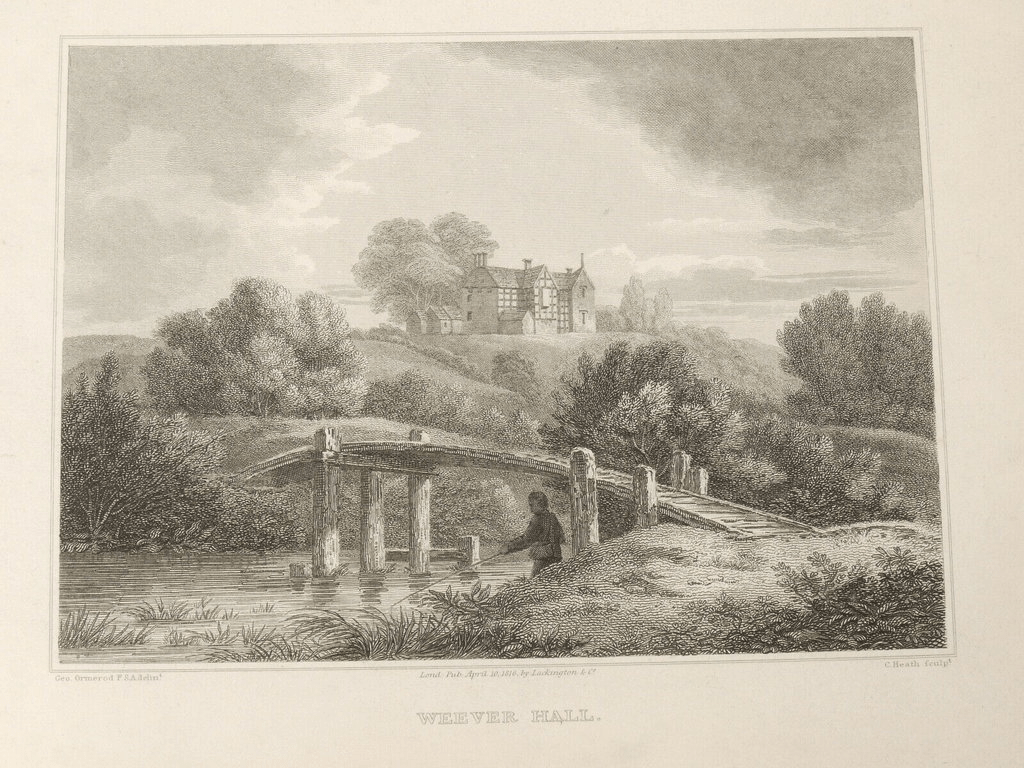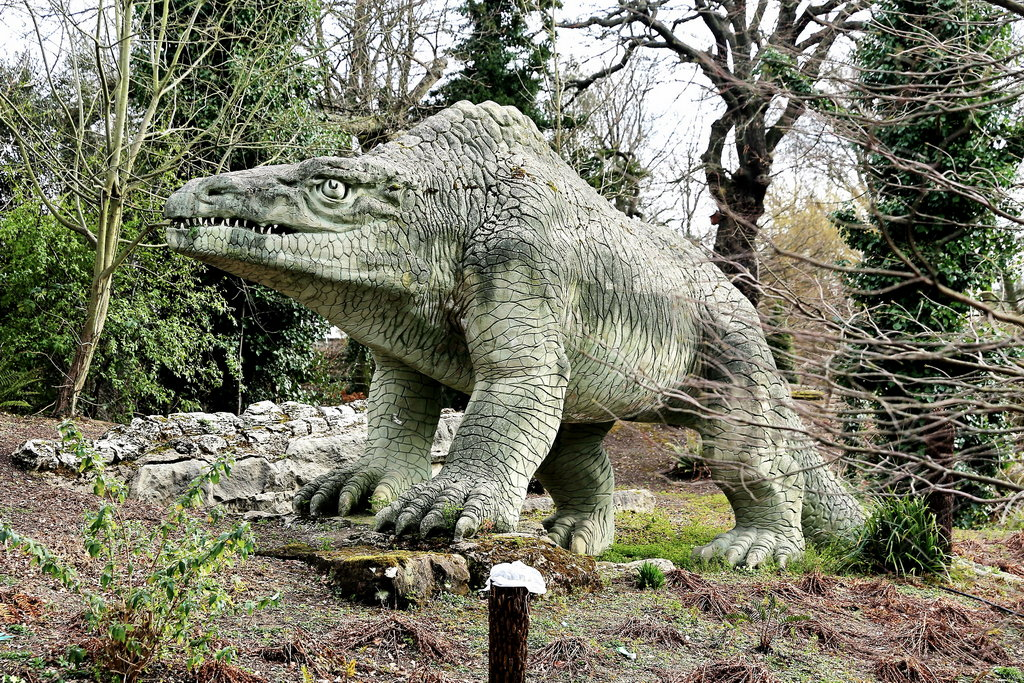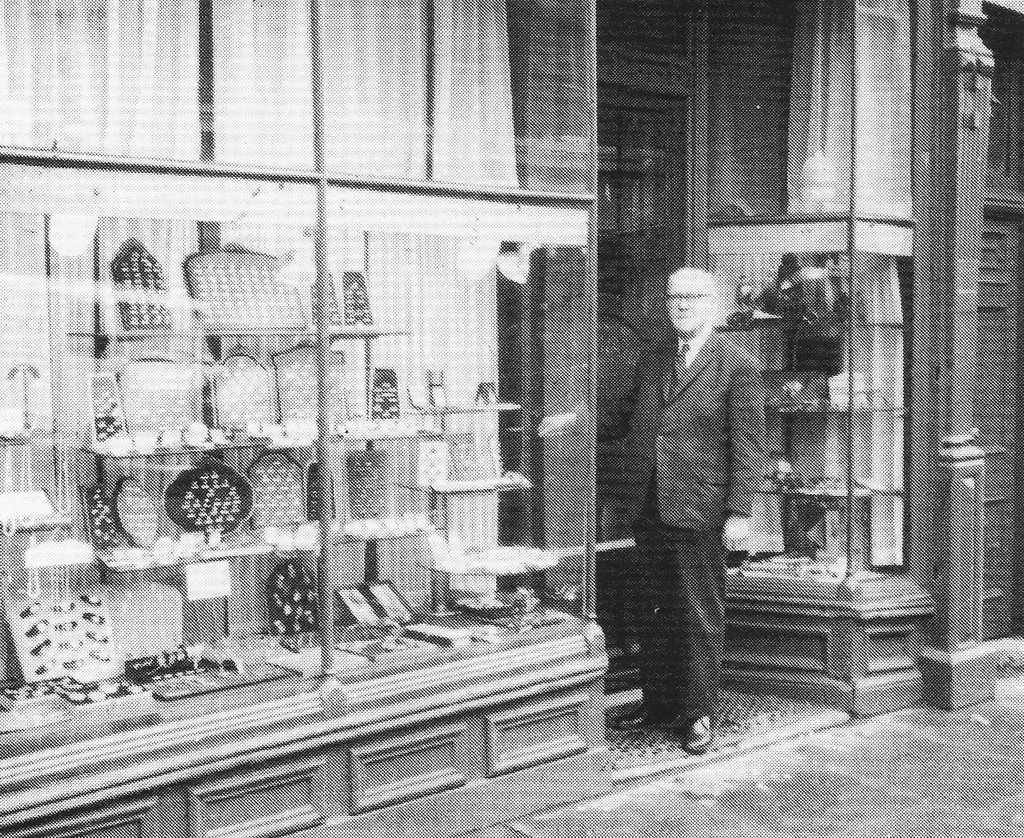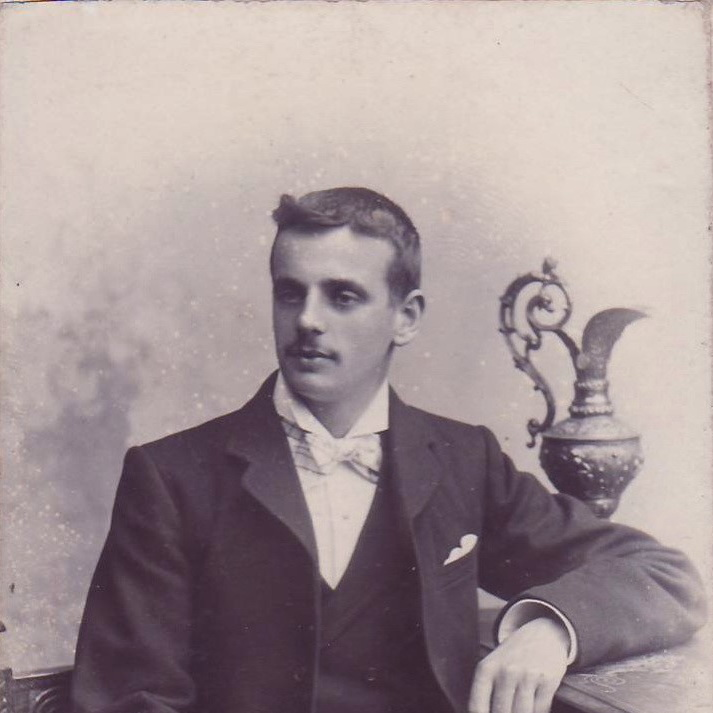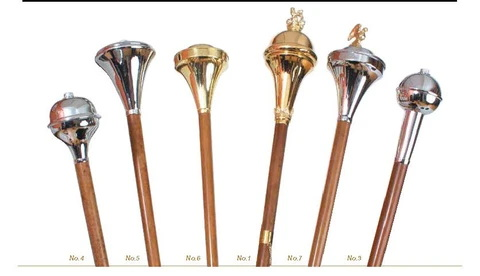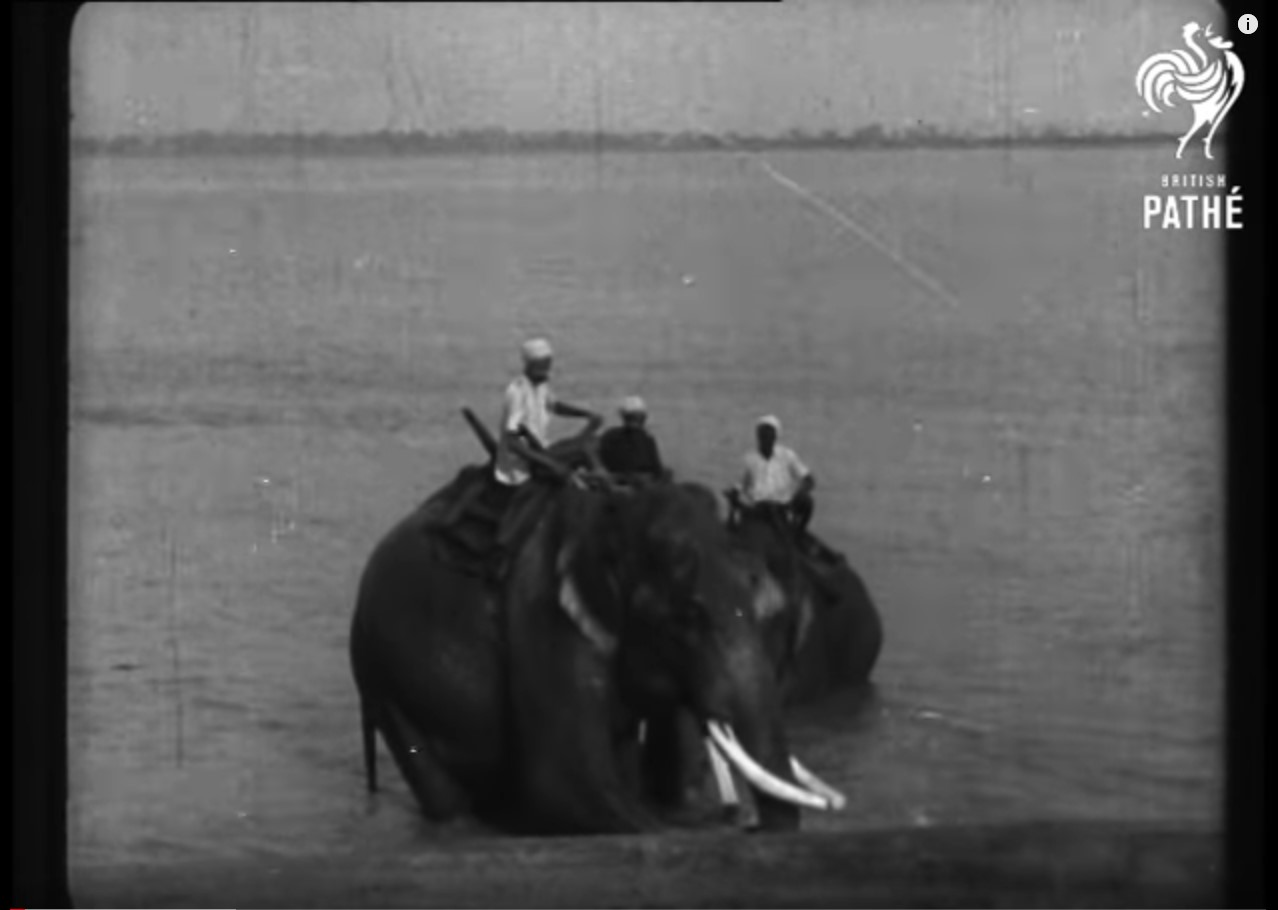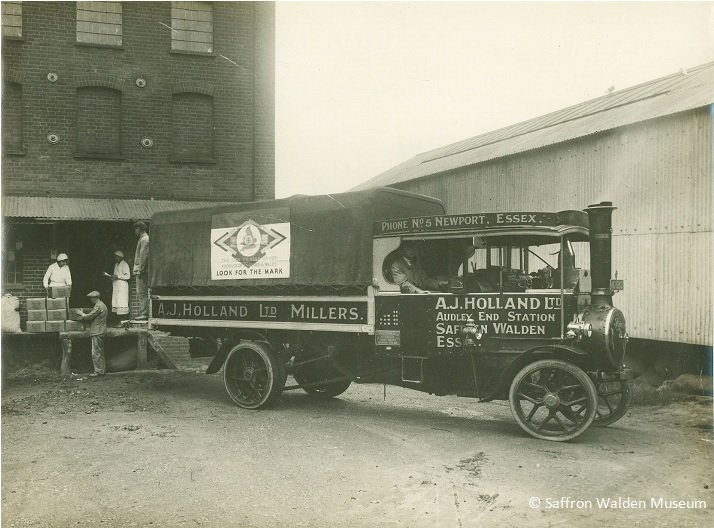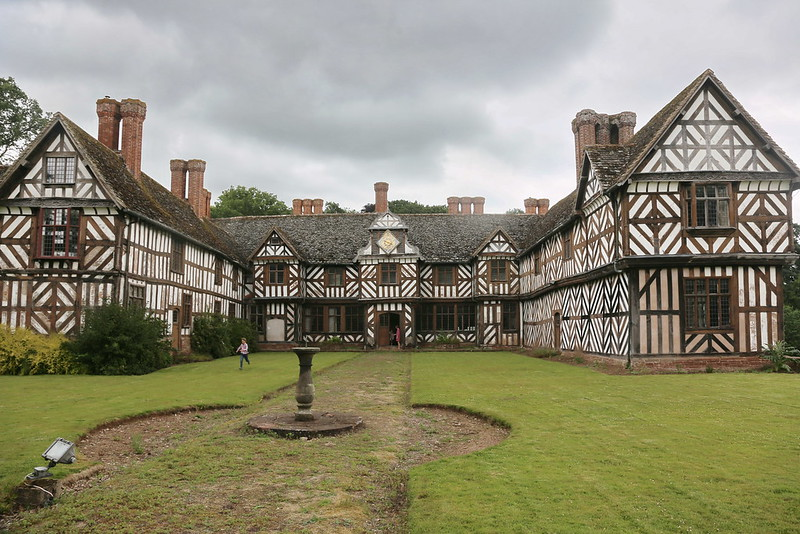Facebook post #036 (Oct 2020)
Why Swindon? For twenty years now! This one is mainly for my children and other close relatives on Dad’s Dad’s side. [It should be updated to cover the whole tree.]
So Facebook has started to hide some of my posts, even from me. I’ve found them all and backed them up, but if I reference an old one, and you can’t see it, please let me know and I will tag you.
I mentioned last month that I will be surveying my findings geographically, and I thought a quick summary of Why Swindon? at this point might also tie things together for family members
In Dad’s Dad’s line: John and Margaret James were in Oxfordshire, not too far from Swindon. But, for reasons unknown, their son William – an agricultural labourer – moved (after Hastings!) to Sutton Coldfield (near Birmingham), where he married local girl Rebecca Weaver, who already had a son, John, by father unknown (see post 24). He brought John up but he kept his surname.
John married Caroline Barnes of a well-off Staffordshire farming family, her parents probably moving in the same circles in Worcestershire and Staffordshire. But Caroline’s father didn’t inherit and became a Post Office clerk and had moved into Peaky Blinder country. They still had some pretensions though, it seems – there is a rumour that John and Caroline met at Middleton Hall where he worked as a gardener, and she read novels in French!
The Lamberts (post 27) and Cartwrights (from whom Captain Webb was descended) (post 31) were Shropshire families, as were the Wilsons. Richard Barnard (from the Essex family introduced in post 28), ran the pub in Shropshire pictured in post 23, after he had married Elizabeth Wilson. But they married in London, and their daughter was born in Guernsey! However, she was brought up close to Daniel Lambert in what is now Telford. This couple also married in London and travelled around – showing up in Barrow-in-Furness, before he took up teaching in Dorking, and then relocated to a school in Sutton Coldfield.
My Great-Grandad Arthur Wheaver (son of John and Caroline) was also a teacher, and married Daniel’s daughter Alice. My Grandad married a Larard (post 35), and they moved just far enough outside Sutton for my parents to meet – my other Grandad having taking up a post at Birmingham University. Dad worked locally but moved to South London (post 33) and then to the Bucks/Northants border, for work. I got a job, house and wife not far away, and commuted to London for a while. This gave me the experience to eventually relocate to Swindon for a job at Nationwide.
(The family pages include a summary tree of all members of each part of the family in Chapter 4, and Chapter 5 includes a directory for each part of the family of where hundreds and people were living – and what they were doing – in 1939.)
